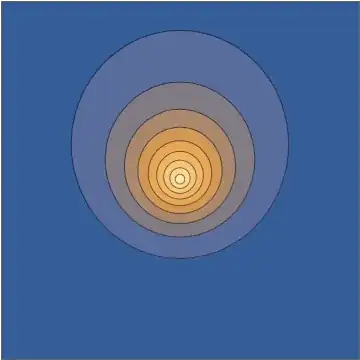Hi guys,
I've heard about wave-particle duality, $E = hf$, and the photoelectric effect. I never thought quantum mechanics was that weird until now.
What I mean is, our classical theory of electromagnetic waves is much simpler. For instance, if we know the frequency of a radio wave, say X MHz, then we also know the electrons in the antenna are vibrating at X MHz, assuming we ignore the Doppler effect and other complications. This is generally true for radio and microwave frequencies.
But statistically speaking, the majority of visible light around us comes from electron transitions, which are quantum mechanical in nature. We can calculate the frequency of visible light, which falls in the range of 400 THz to 790 THz.
So is anything actually vibrating that fast to produce such waves?
I guess not, because electron transitions don’t seem to involve acceleration in the classical sense.
This makes me wonder, if no physical motion or vibration is happening at that frequency, what exactly does the frequency of visible light represent when it originates from electron transitions?
